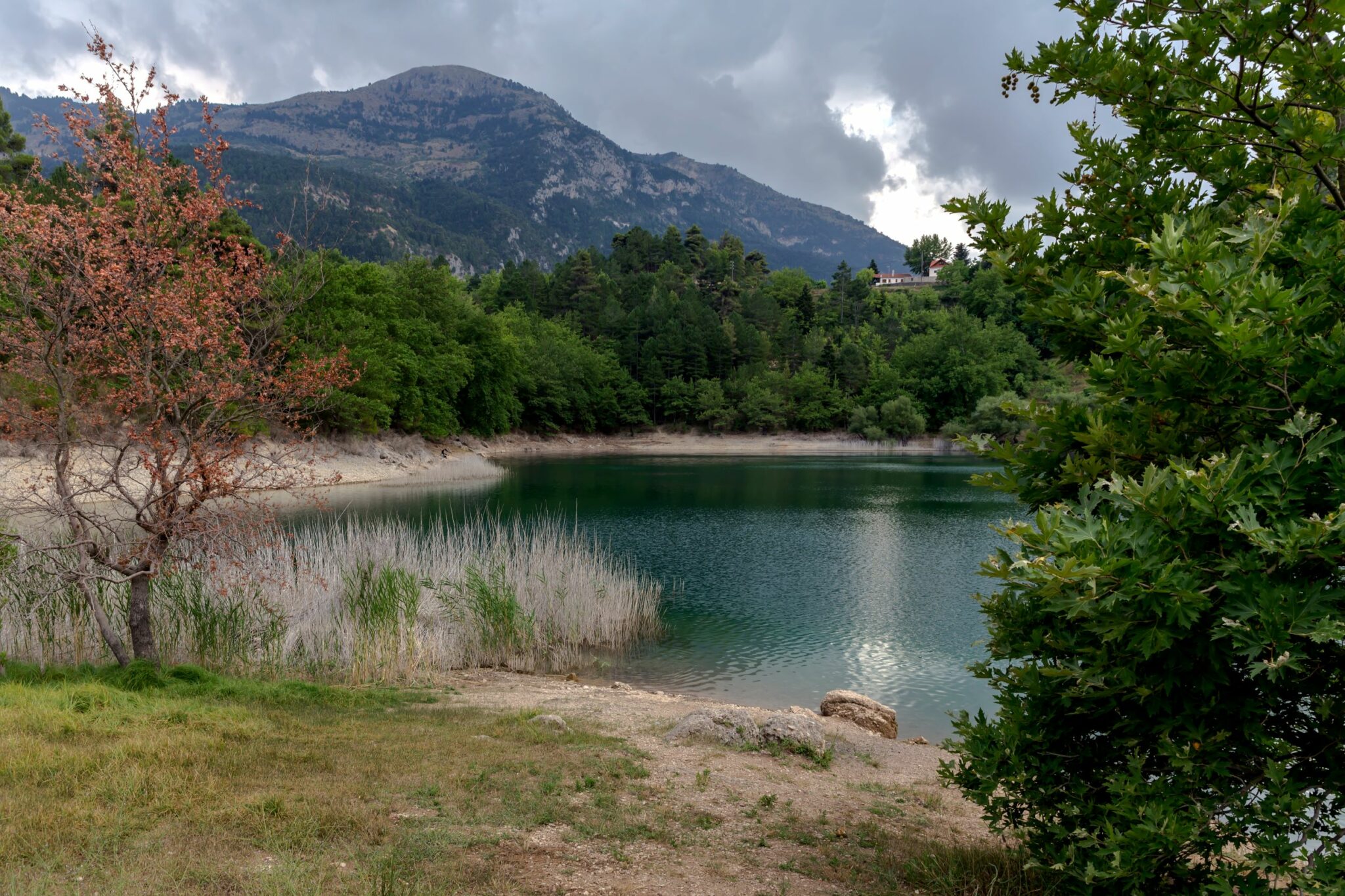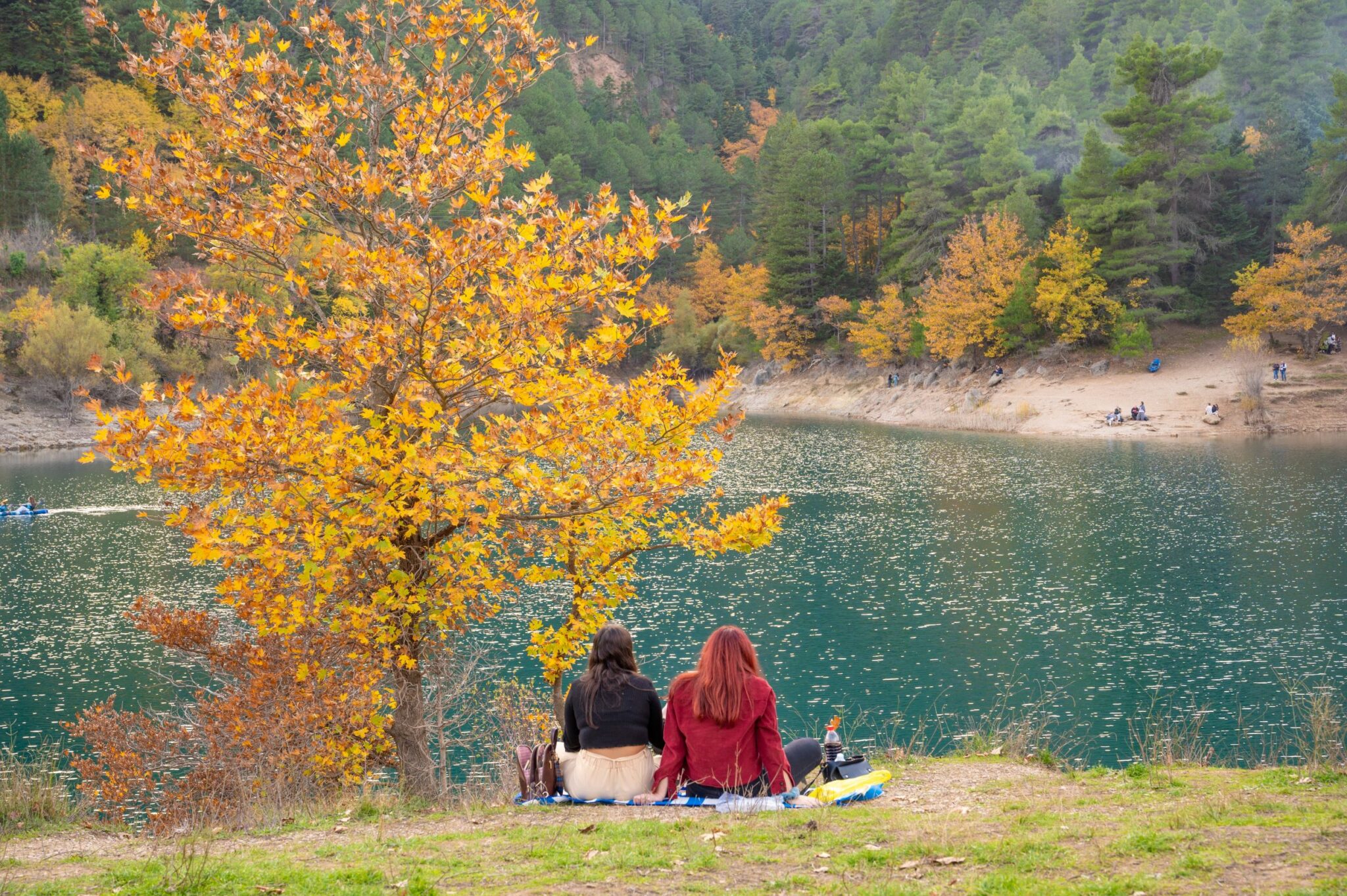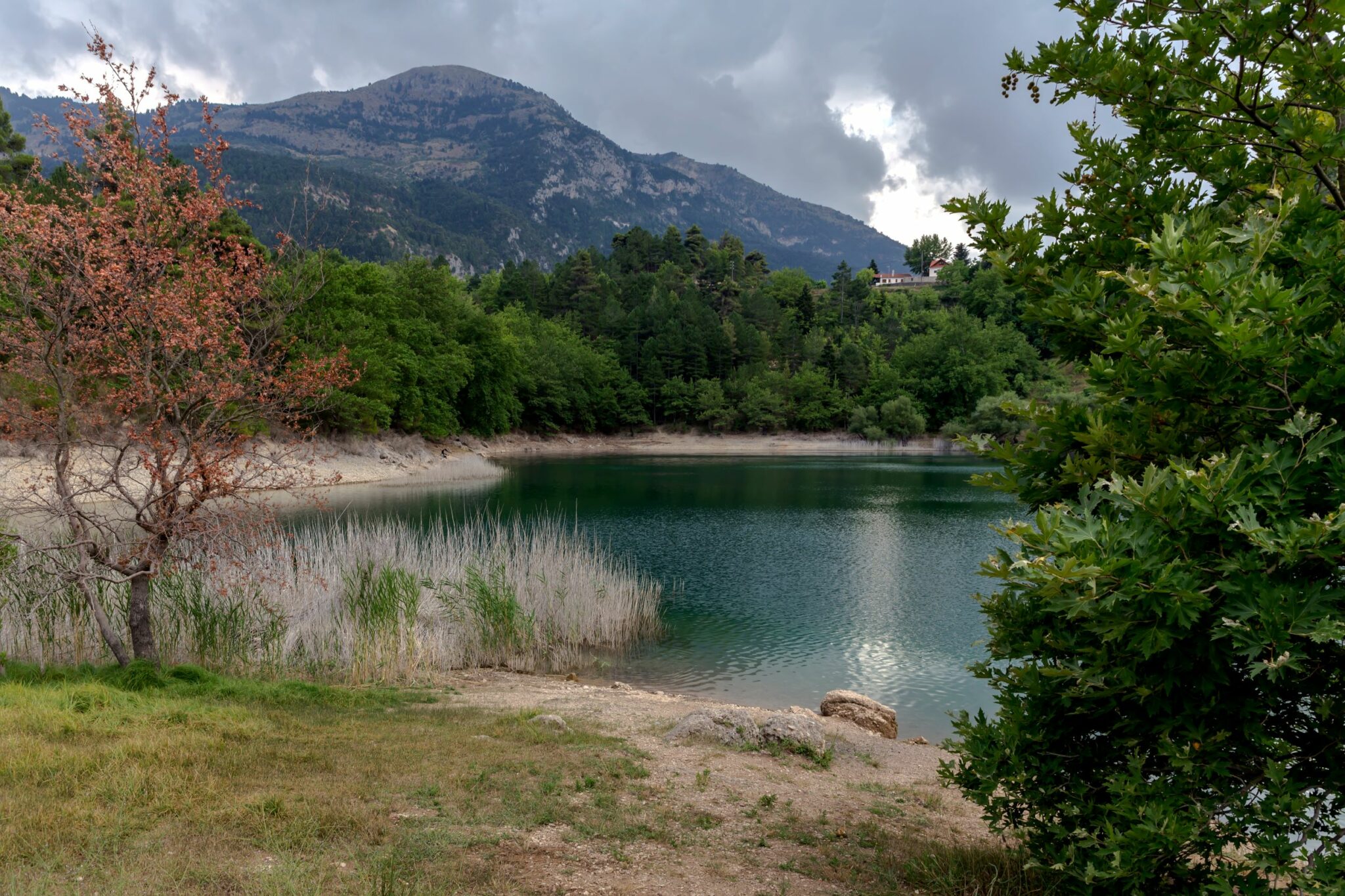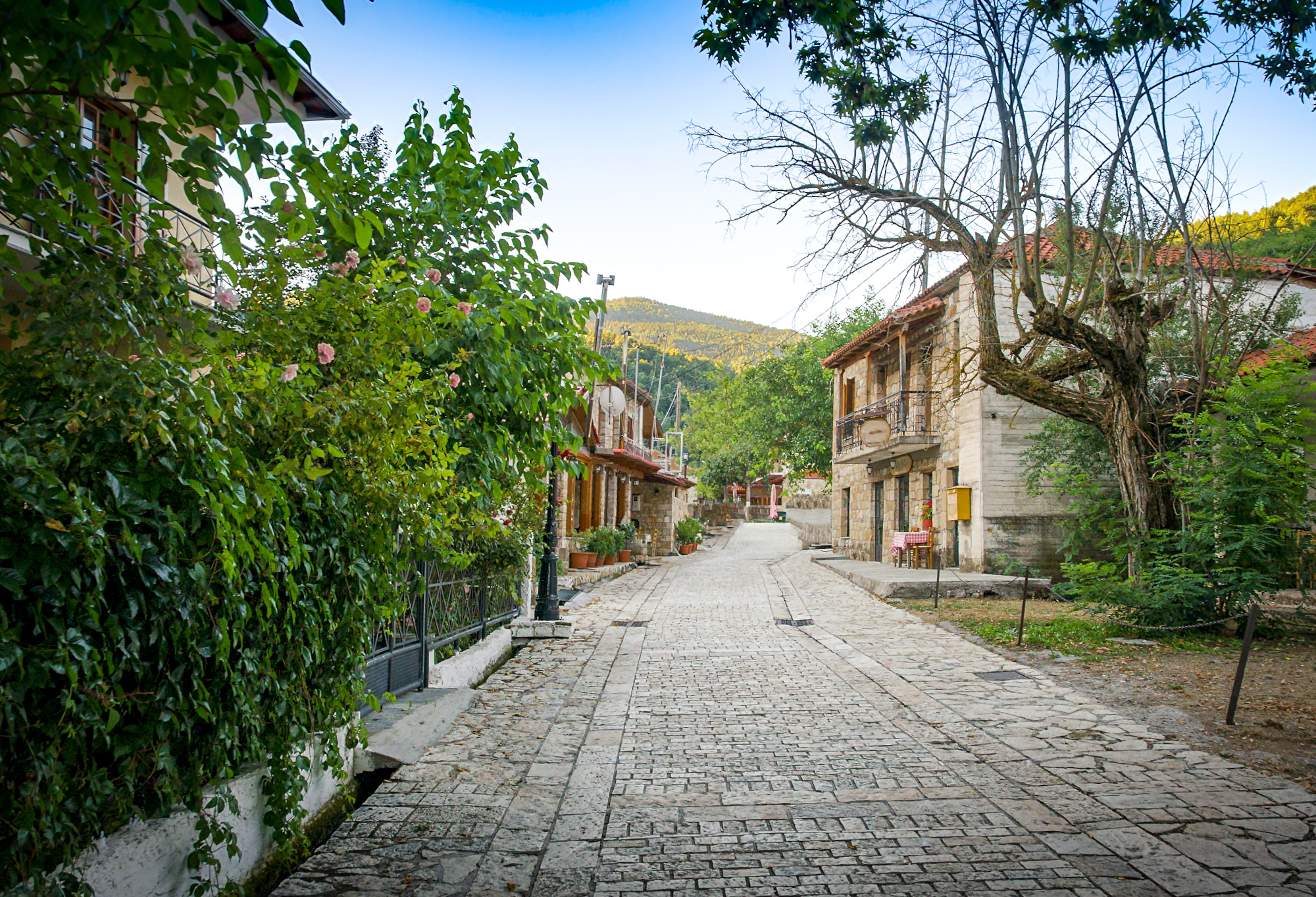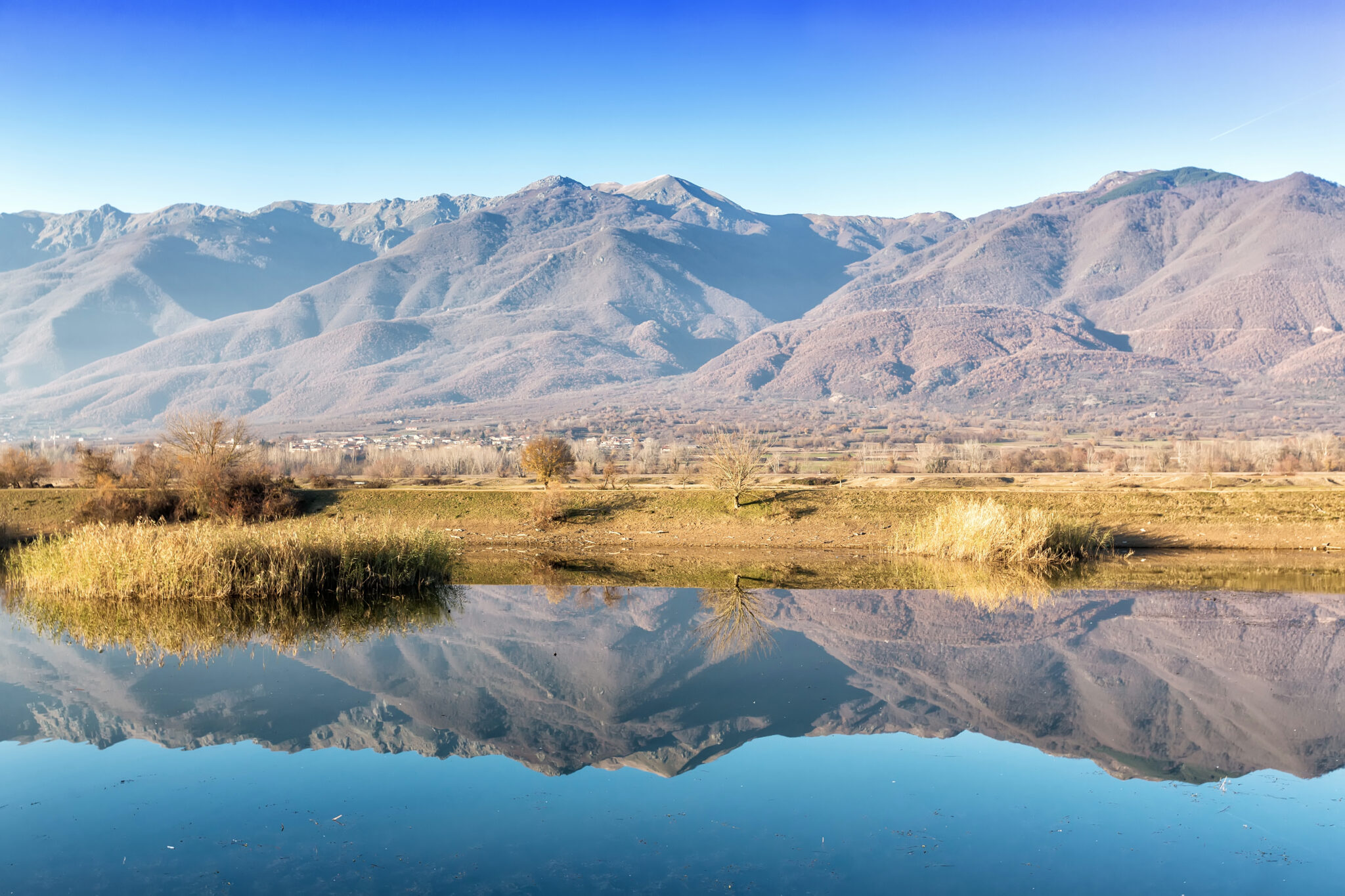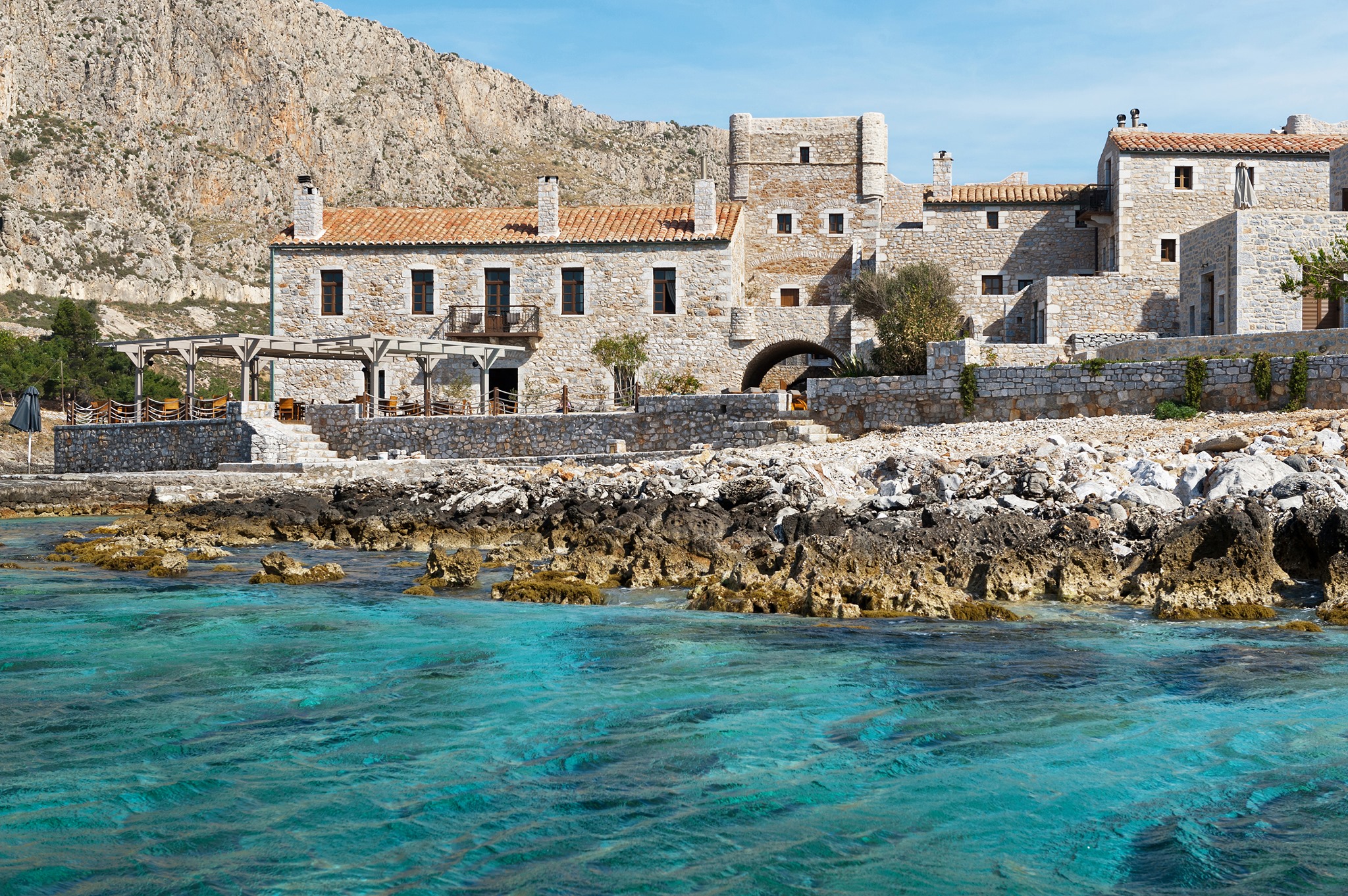About two and a half hour outside Athens there is a place so beautiful that there is no way for anyone visiting it to imagine – unless they already know the story – that it took a terrible disaster to create it.
Lake Tsivlou in Achaea is one of the most charming places in the Peloponnese and at the same time a place with a special history.
We arrived there from the provincial road Akrata-Zarouchla. We found ourselves at an altitude of about 750 meters in front of a gorgeous landscape with dense forests. The sun was gleaming on the lake’s smooth surface; nothing betrayed the spectacular and violent events that took place here a little more than a century ago.
Sylivena, 1913: a semi-mountainous village of Achaia, full of life, inhabited mainly by farmers and stockbreeders. The village was accustomed to small landslides, very common in the area, but in the winter of 1912-1913 there was a particularly serious one.
The disaster that gave birth to the lake
On 24 March the whole village was awakened by dense tremors and vibrations. The villagers made a wise decision to flee, trying to save what they could of their livestock and property. A few hours later, disaster struck. Houses were washed away by huge amounts of soil. Sylivena no longer exists, and the houses in the lower neighbourhood of the village of Tsivlos (which eventually gave its name to the lake) were also covered by soil. Fortunately, the number of victims was minimal. In fact, according to the most popular version of the story, 4 people died. Large amounts of soil blocked the bed of Krathis River, whose waters were trapped in two large basins. One of them no longer exists, as its natural dam was destroyed by the river’s waters the following year.
The second one still exists and is Lake Tsivlou. The most recently formed natural lake in Greece, whose formation process is similar to that of artificial lakes created by dams.
Sometimes, old tree trunks emerge in the waters of the 8.3 hectare lake, proof that there was once a creek there. When it was formed, the lake was 77 metres deep. Despite any fluctuations and siltation caused by climatic conditions, it remains a deep lake by Greek standards. However, there are summers when the water level is so low that one can see the ruins of the village. Or at least that is what the older inhabitants of the area say.
Hiking around the lake, the lush green landscape and the view of Helmos almost make you think you are somewhere in the Alps. Watching the cyclists, hikers and canoeists on the waters of the lake certainly makes you forget that it took a disaster of this scale to create this place. Old-timers tell how the creaking of the landslides could be heard all the way to Akrata. But it contributes to the legend of Lake Tsivlou to know that there are still houses at the bottom of the lake; that at the time our great-grandparents lived this place was so much different.
Zarouchla
We completed our exploration of the lake in about three hours, but with several stops. We then visited Zarouchla, about 10 kilometres away, a charming stone-built village overflowing with greenery. Although it has been discovered by many in recent years, Zarouchla manages to retain its traditional character. Local cafés and taverns serve delicious traditional dishes and mouth-watering appetizers. If you find yourself here and decide to turn your excursion into a two-day trip, there are several guesthouses where you can stay overnight. In summer, on the way back, you can stop for a swim at Akrata beach.
When to visit
The best time to visit Lake Tsivlou and Zarouchla is in winter and early spring. You can combine it with a visit to Kalavryta and the Vouraikos Gorge.
How to get there
Starting from Athens, take the Athens – Patras national road. Near Akrata follow the sign to Zarouchla. Follow this mountain road for about 28 km and then turn right towards the lake. After a few kilometres you will find yourself at the lake. The total distance is 172 kilometres and takes about two and a half hours.
What to do
Hiking, canoeing, cycling and even swimming if you want to see what it’s like to swim in a lake.
Read Also:
Porto Hydra, settlement 2 ½ hours from Athens, with Venice-style canals



